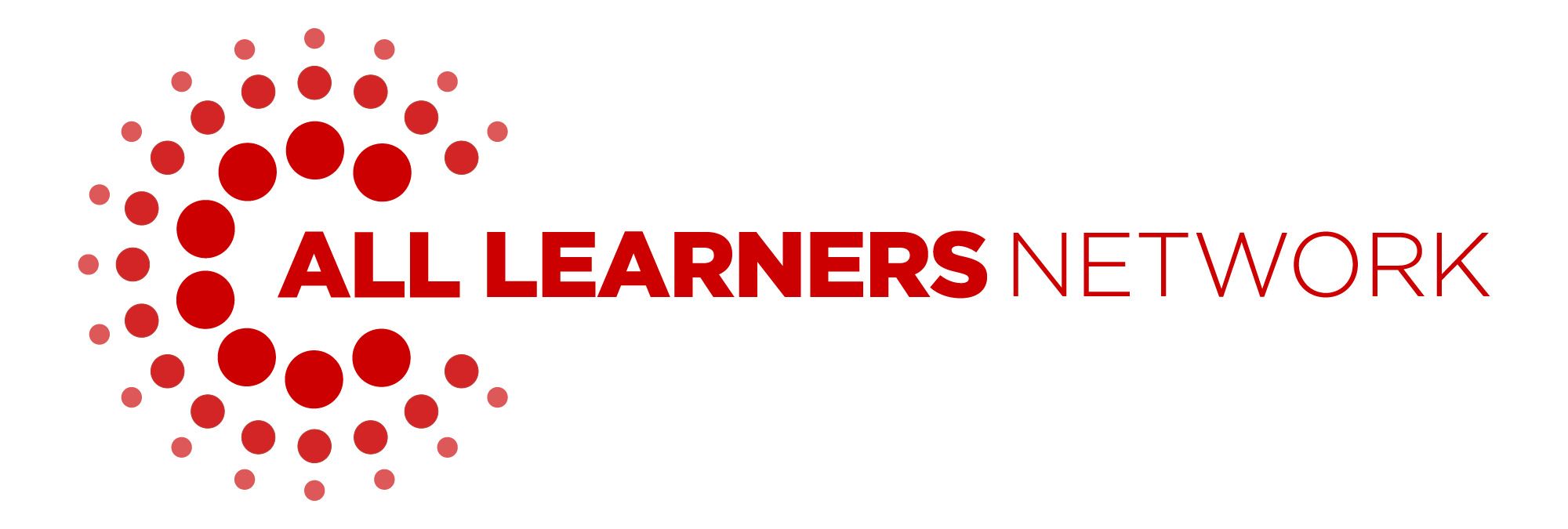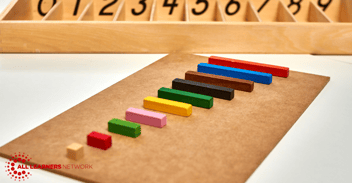
Math Journals: What are they? Why use them?
Published: November 22, 2024
Writing occurs daily in classrooms. Students have opportunities to write creatively during the writing block. Students have opportunities to write reflectively in response to reading texts. Students have opportunities to write to solidify their mathematical understanding in math class, or do they?
At All Learners Network (ALN) we believe that every student should have the opportunity to communicate their developing understanding of past, present, and future mathematical concepts regularly in writing. The challenge is to find the time to allow students to do just that. One of ALN’s Five Key Components is the All Learners Lesson Structure. And… part of that lesson structure is Math Menu. And… a component of the Math Menu is responding to a journal prompt. And….it is often the hardest for teachers to embed in their routines.
We engage students in verbal discourse during Launch, Main Lesson, and Closure in group settings. Journaling is the opposite side of the communication coin. Journaling provides the opportunity for students to share their understanding in writing when we need to hear from individual students.
Let’s unpack what makes writing in math so powerful.
What are math journals?
At its foundation, a math journal is an invitation to all students to write about their mathematical thinking. Journals can be made from lots of blank pages stapled together or put in a pocket folder. They can be a bound composition book or notebook, whatever is easy and manageable for both teacher and students. Once given to a student, it becomes their property to be shared with the teacher.
It’s important to acknowledge that just providing a student with a notebook or paper on which to write won’t magically translate into articulate mathematical essays. Teachers will need to model their expectations multiple times. We also need to provide examples of what writing in math journals could look like.
I observed a kindergarten teacher ask her class to show her all the ways they could tell how many fingers they had. As we might expect, hands waved in the air. She then gave them some paper and said “show me what you think”. Several students traced their fingers and left it at that. Some wrote numbers near each finger-1, 2,3, etc. Some wrote the number 10 while others wrote 5 + 5. The teacher shared all the ways students showed their thinking in an effort to emphasize there are lots of ways to “write” in math class. Every student had permission to share their thinking in a way that made sense to them. She empowered them. Even our youngest learners can use math journals when given the right kind of instruction. We just need to remember that students will not magically know what we expect when we ask them to write in their math journals. Writing in math class evolves over time just like sharing math ideas verbally. We need to provide guidance and illuminate how they can write about their math thinking.
Why use math journals?
Since math journals are a communication device between a teacher and each student, they can be less intimidating than sharing an idea publicly. Writing in math journals can help students clarify and solidify their ideas and deepen their developing understandings. Teachers can gather their students’ understanding of the math they are currently investigating or how they are making sense of a new strategy or model they were just introduced to.
We can also ask students to think and write about their feelings when they worked with a partner or in a group while they tackled a math problem. And we can gather information about how students think about themselves as mathematicians.
Math Journals act as a reflection tool. Reflection or metacognition is a critical step in sense-making and generalizing about important mathematical concepts. Math journals provide evidence of students’ sense-making journeys.
One of the best features of a math journal is that it offers an opportunity for private, direct communication between every student and the teacher. There is no judgment attached to a response to a journal prompt. Teachers can and should write back to students, offer encouragement, or ask questions when it makes sense to do so. Math journals can and do provide teachers with an additional source of formative assessment. They offer another pathway to understanding what our students are thinking about, making sense of, or grappling with during math class. They are another source of authentic student evidence.
So how do you get started?
What is it you want to know more about in terms of your students’ thinking? Are you wondering about
- their understanding of a current concept you are investigating during a Main lesson?
- a new strategy or model that was discussed during a Launch activity?
- what their experience was while they were playing a game during Math Menu?
- how they feel when they get stuck on a problem?
Those are all good places to start. We can create journal prompts based on our wonderings. Teachers need to be specific when crafting the prompts for students to reflect upon and respond to, such as “How was Lola’s strategy from our Launch today like yours? How is it different?” or “What strategy did you use when you played Array Cover Up that helped you cover more area?” We can create prompts that help us answer our wonderings, which helps us create more effective next instructional steps.
Writing in math journals benefits both students and teachers. Students have the opportunity to reflect, share, refine and deepen their thinking about mathematical concepts and ideas. Teachers have an additional resource to learn about their students as individuals and craft just right learning opportunities for them. It’s time to embed them in all math class routines.
Click here for the printable version.
What Now?
1. Check out our blog on “How Do We Encourage Playful, Productive Struggle in Math Menu?” to learn more about Math Menu.
2. Register for an ALO Free account today to start accessing free journal prompts.
3. Bring All Learners Network (ALN) into your school or district for embedded professional development.

All Learners Network is committed to a new type of math instruction. We focus on supporting pedagogy so that all students can access quality math instruction. We do this through our online platform, free resources, events, and embedded professional development. Learn more about how we work with schools and districts here.




